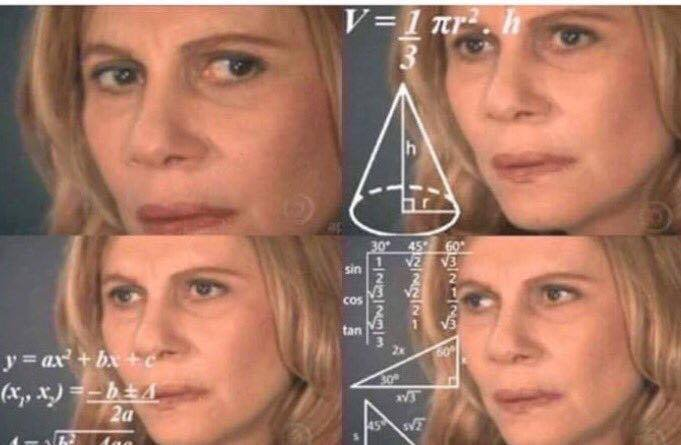How to balance an RPG: or, how to not make your game feel completely broken, unless that's how you want it to feel (a thread)
It can be really overwhelming to try to 'balance' a game with lots of Stuff in it, because there's so many elements, and they sort of all relate. Damage, experience, skills, enemies, crafting components, money, cooldowns, etc. You want this but feel like this


I'll use damage numbers of Boyfriend Dungeon as fudged examples, bc 1 I worked on it recently 2 it's the MOST arbitrary/abstract of systems 3 yet also the most painful to screw up but much of the process is similar for balancing other systems (xp, $$$, etc).
STEP 1: DESIGN GOALS/USER STORIES What do you want your player experience to be??? For example, abt Boyfriend Dungeon, I could say: - small enemies die quicker than big enemies - small enemies kill me slower than big enemies - as I level up, I want to both do and take less damage
But those aren't specific enough! I'd break it down more: - I want this specific enemy to die in 3 hits when I am level 5 - I want this enemy to die in only 1 hit when I'm level 20 - I want player to die in 10 hits by that enemy if level 5, but 20 hits when level 20
You might notice progression has started creeping in. But that's OK, focus on one system at a time. How long does it take to go from level 5 to 6 or 19 to 20? Who cares! That's a problem for Future Tanya. Right now we only care what damage is done.
STEP 2: REVERSE ENGINEER Make a spreadsheet, pick a number that seems reasonable for X or Y, whichever way you want to do it so things add up.
If the player has X hp at the correct level, to kill in 10 hits, the enemy needs to do approx X/10 damage. OR if the enemy kills in 10 hits, and does Y damage, the player needs Y*10 hitpoints. (pick an X, pick a Y)
put all of em into a spreadsheet, so that if you change that value for X, you can see the damage & hp adjust itself up and down to match. Highlight the cells you can/should change, or lock those you shouldn't, for future reference.
STEP 3: APPLY ACROSS Do the same for a few similar situations. In this case, put in a few enemies, see how it scales to different attacks, weapons, or situations. Throw numbers in. At this point you've still just fudged things. It's OK. It's not time to start fine-tuning yet.

STEP 4: IMPLEMENT & REALITY-CHECK So now you have numbers that seem to make some kind of sense. Put em in the game. Test those user stories from before. DO you die in 8 hits at lvl 5? Does it die in 3 hits? If you're lvl 10? Just double-check reality with your ham-fisted numbers
STEP 5: REVERSE-FIT A FORMULA If you know certain numbers only at wide ends of a spectrum, for example, you know your damage at level 1 and 10 and 50 but not the rest, you can use https://t.co/miLgdniJk3 with https://t.co/dOCwUYeMeP to find smooth numbers in-between.
STEP 6: FINE-TUNING OK so now you can start adjusting things. I recommend you start with VERY LARGE changes to feel the difference and then dial back, rather than edging hesitantly in one direction or another and not being sure whether something is different.
STEP INFINITY: BALANCING THE FEEL Maybe even though everything's theoretically "working", it just doesn't /feel/ like you envisioned.. and sometimes it's easy to fix -- oh, 3 hits takes a bit too long so let's go down to 2. Sometimes it's.... not. 😬🤔
Balance will ~change~ with aesthetics. An attack feels more powerful when it has a long wind-up animation. I read somewhere that players once complained a gun was too powerful when its sound effect got more bass than others. Sparkly coins feel more valuable than matte ones.
The important thing is to create the desired experience... which can't always be encapsulated by a spreadsheet. Maybe one type of enemy does RIDIC damage but dies in 1 hit, or another can't kill the player but is really distracting, etc.
In any event, remember there is no such thing as the Ultimate Perfect Balance, only the player's experience of the game. So have fun, and play the game. Then play it more. Then play it again. Then watch someone play it. THAT'S balancing. Fin!
